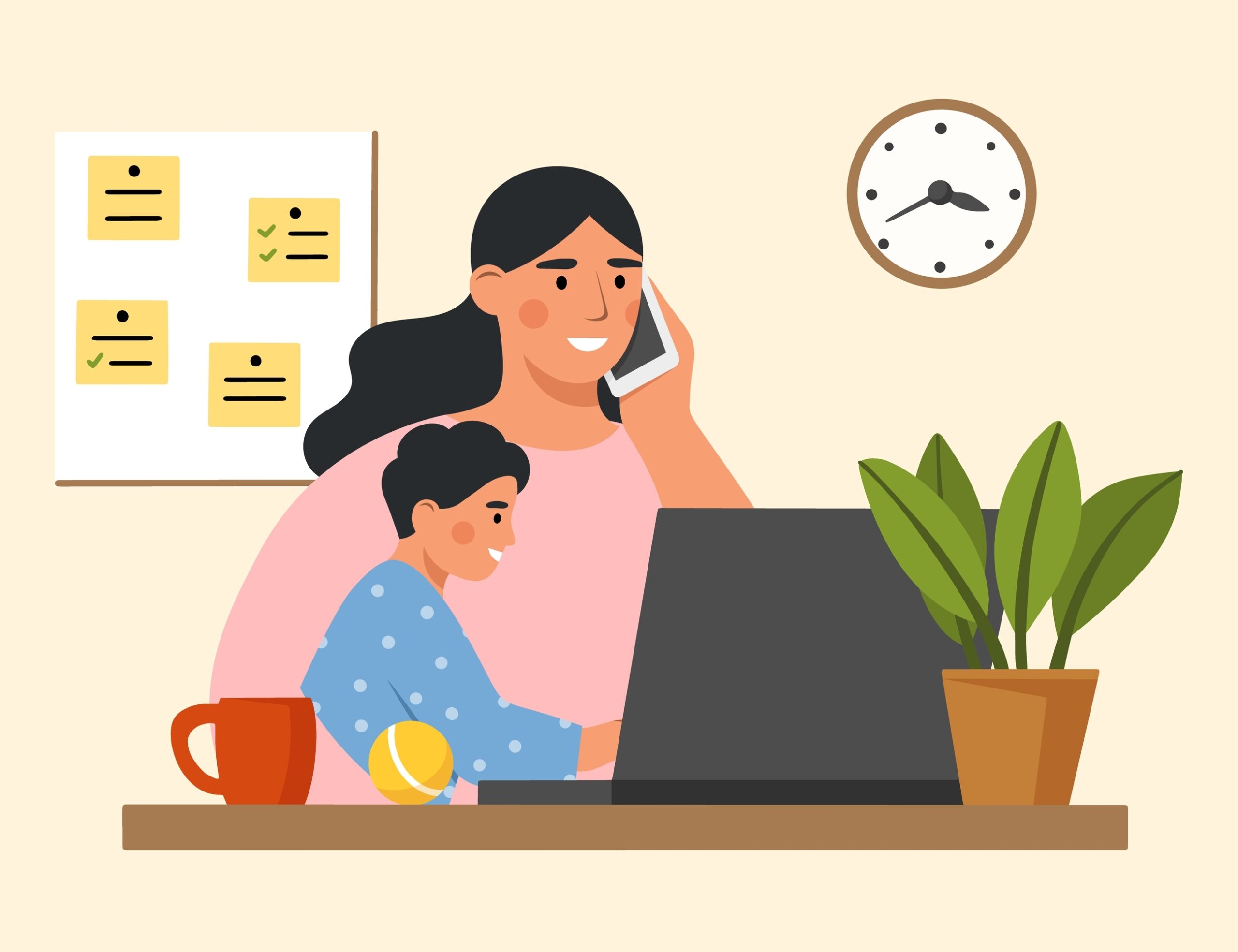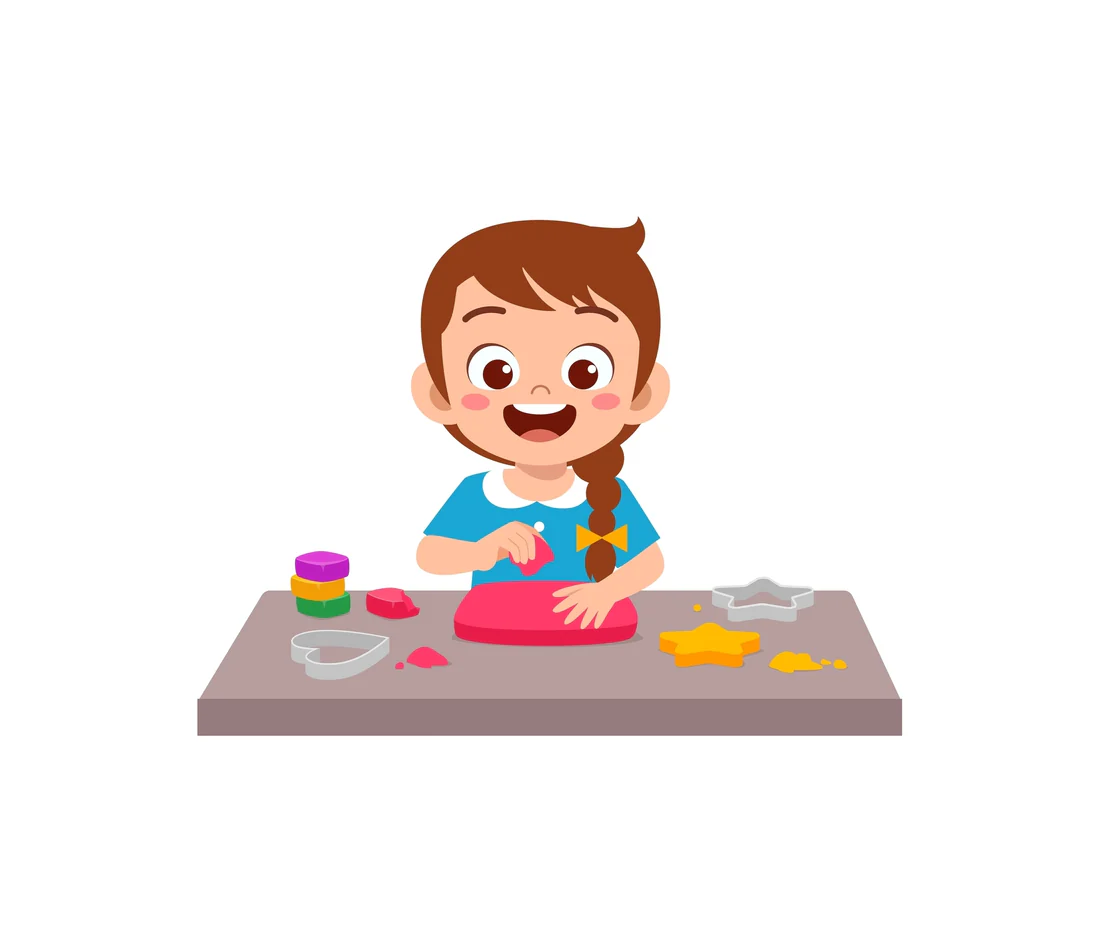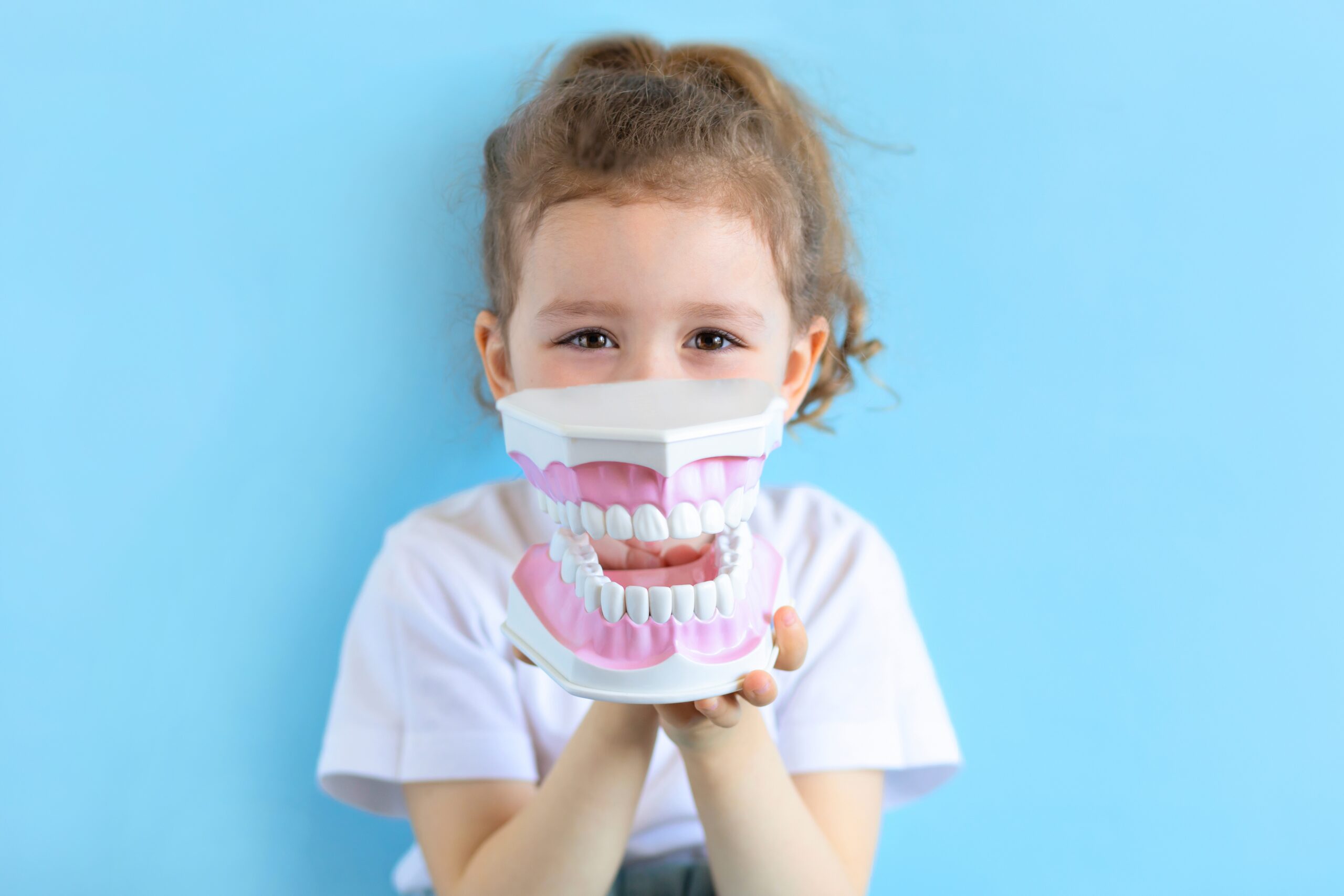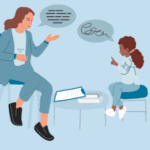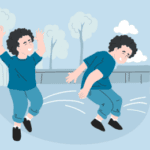
Blog
We believe one of our children has sensory processing disorder – what to do next?
July 11, 2024
We believe one of our children has sensory processing disorder – what to do next?
Understanding Sensory Processing Disorder (SPD) in Children: The Essential Guide for Parents and Educators
Sensory Processing Disorder (SPD) is a condition in which the brain has trouble receiving and responding to information that comes in through the senses. For parents and educators, the signs of this disorder can be concerning and confusing. Your child might react strongly to certain sounds, textures, and even lighting conditions, making it difficult for them to manage everyday activities.
··· But fear not, understanding and proper support can make a significant difference in the life of a child with SPD. In this comprehensive guide, we will take you through the various aspects of SPD and provide you with a roadmap on what to do next if you suspect your child may have this condition.
Understanding Sensory Processing Disorder
SPD is often misunderstood, misdiagnosed, or overlooked. It is not a standalone medical diagnosis, but a common condition that affects the way sensory information is processed in the brain. The three broad categories of sensory processing include:
- Sensory Modulation Disorder – difficulties regulating the intensity and nature of responses to sensory input.
- Sensory Discrimination Disorder – difficulties interpreting subtle characteristics of sensory input.
- Sensory-Motor Disorder – affects the way the body takes in sensory information and translates it into motor responses.
For a child with SPD, the world feels like an overwhelming and unpredictable place. Everyday sounds, textures, and movements can create stress and anxiety. It’s important to recognize that each child’s experience with SPD is unique, which is why a personalized approach to diagnosis and treatment is critical.
Recognizing the Signs
Recognizing the signs of SPD is the first step towards getting your child the help they need. Common signs include:
- Overly sensitive to touch, movement, sights, or sounds
- Under-responsive to sensory stimuli
- Fearful or avoidant of sudden noises or busy environments
- Overly attached to or fearful of movement
- Difficulty making friends or interacting with others
- Easily distracted or impulsive
These signs can manifest in various ways, and it is crucial to understand your child’s behavior in the context of their age and environment. A behavior that might seem odd on its own can take on new meaning when viewed through the lens of SPD.
Seeking Evaluation and Diagnosis
If you suspect that your child has SPD, the next step is seeking a professional evaluation and diagnosis. Start by consulting with your pediatrician or a child psychologist, who can help determine whether the symptoms your child is experiencing point to SPD or another condition.
Assessment typically involves:
- Detailed interviews with parents and caregivers
- Standardized questionnaires
- Direct observation of the child in various sensory environments
An accurate diagnosis helps pave the way for the right interventions and support your child needs.
Creating a Sensory-Friendly Environment
Once your child has been diagnosed with SPD, creating a sensory-friendly environment at home and in their educational setting becomes paramount. This may include:
- Reducing clutter and organizing spaces to avoid sensory overload
- Providing a quiet space for the child to retreat to when they are overwhelmed
- Using soothing colors and lighting
- Introducing sensory tools and equipment like fidget toys and weighted blankets
- Collaborating with teachers to implement sensory-friendly strategies in the classroom
Creating an environment that is sensitive to your child’s sensory needs goes a long way in helping them manage their condition.
Pursuing Therapy and Interventions
Occupational therapy is the primary intervention for children with SPD. Occupational therapists work with children to develop the skills needed for daily activities through play-based therapy that focuses on sensory integration. Other interventions may include:
- Speech therapy to address communication difficulties stemming from SPD
- Physical therapy for children with sensory-motor processing difficulties
- Behavioral therapy to address any behavioral issues related to the disorder
These therapeutic approaches are designed to help children with SPD develop the skills and coping mechanisms they need to thrive.
Collaborating with Schools and Educators
Collaboration with your child’s school is vital to ensure they are receiving the necessary support. It is essential to:
- Share the diagnosis and any evaluation reports with school staff
- Work with the school to develop an Individualized Education Program (IEP) or a 504 Plan that outlines the accommodations and support your child will receive
- Advocate for staff training on SPD and how it can impact learning and behavior
- Work with the school to identify and address triggers within the learning environment
Collaboration helps create a supportive and inclusive educational experience for your child.
Participating in Support Groups and Community
Connecting with other parents and families who are experiencing similar challenges can be an invaluable source of support. Look for local support groups or online communities where you can share experiences and learn from others who are on a similar path.
In these communities, you can:
- Share strategies that have worked for your child
- Learn about new research and treatment options
- Find emotional support from those who understand
Participating in a community can help you feel less isolated and more empowered as you support your child with SPD.
The Journey of Understanding
Understanding SPD is a journey that involves patience, learning, and adaptation. By recognizing the signs, seeking a diagnosis, creating a supportive environment, pursuing therapy, collaborating with schools, and connecting with a community, you are taking the essential steps to help your child thrive.
Remember, you are not alone. There is a wealth of information, resources, and support available to you as you navigate the world of SPD. Your commitment to your child’s well-being and your proactive approach will make a significant difference in their life.
Stay informed, stay connected, and most importantly, stay patient and understanding as you help your child with SPD reach their full potential.











































